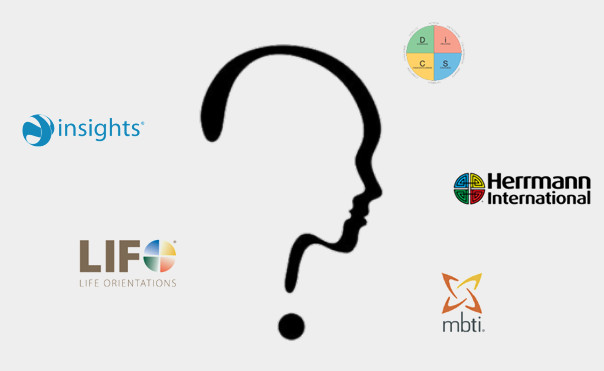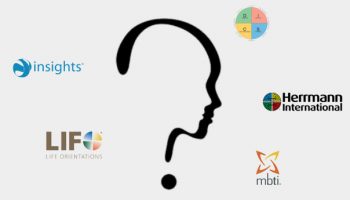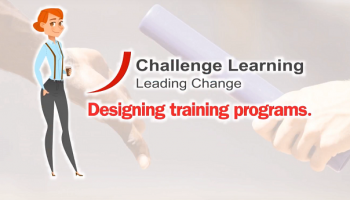Challenge Learning uses many self-assessments, or psychometric tools, for which certifications have been acquired throughout the last 25 years.
To provide meaning to any of those tools, the theory and model framing the instrument must be presented to the audience; this is where their richness lies.
We recommend to clients to stick to the one instrument they have started using if they are satisfied with it. The terminology and the classification used by each of those instruments creates a common language in the organization, a reference and a rich source of reflection.
A quick review of the MBTI®, Insights®, LIFO®, HBDI® assessments and reports:
We know that participants love discovering more about themselves and they usually enjoy the findings. Sometimes they challenge the concept, but most of the time they reflect on it. All tools provide more or less comprehensive reports.
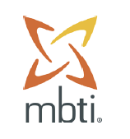
Personality Types: The MBTI® report shows the scores per dimensions and the facets of each dimensions. It is a very rich source of information for the practitioner and the coach. Sometimes perceived as quite technical by the participants, the 20 page MBTI® report needs to be well explained up front in order to exploits its meaning. MBTI® details 16 types which are challenging to remember, unless you understand the dynamic between each dimension. It is however to our perception one of the most complete and purest instrument. (We expose ourselves with this statement and we are aware of it)

Personality Types: The Insights® Discovery report is one that participants tend to appreciate instantly. Insights work with 4 colors and has 8 types. The reports is easy to digest and provides input on strengths, development areas and the way people need to interact with you to be effective. Insights® point to the conscious persona, with an interesting reference to the unconscious persona and how you channel your energy. You can purchase several add-ons to the report such as a management and sales perspective. A Team view, compiling all types can provide interesting discussion.
To read more about the difference between Insights and MBTI read:
http://www.inside-inspiration.com.au/factsheets/insights-discovery-and-mbti-comparison.pdf
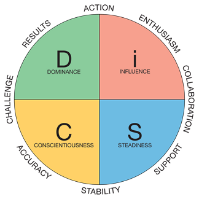
Behavior: The DISC® will focus on 4 essential behavioral preferencesis that we can use to discuss what behaviours we share with others and what we do differently. It offers a variety of profile reports on Workplace, Leadership, Management and Sales. Add-on reports on Team View and Group Culture can be ordered. Most importantly individuals learn how to build more effective relationships with others and adapt own behavior. While DiSC® is not an Emotional Intelligence (EI) tool, it is very good for helping to develop EI.
For a brief review of the difference between DISC and the MBTI read: http://www.discoveryreport.com/DISC-and-MBTI-Myers-Briggs-Type-Indicator.html

Behavior: LIFO® is an inventory of personal behavioral preferences. It clearly claims not to be a personality instrument. It is a contextual and situational assessment of your behavioral preferences which are classified in 4 preferences. It is about what you do and not who you are. LIFO® will differentiate behaviors when things are normal and calm with those when the context is stressful situation or conducive to tension.
To read more about the difference between LIFO® and MBTI® see: http://www.lifoproducts.de/pdf/LIFO_vs_MBTI.pdf

Thinking preferences: The Hermann Brain Dominance Index® (HBDI) is not a personality instrument but a self-assessment on your preferred thinking style. It is about how your process information and gives you insights on the type of information you value over others. We know however that the way to think and look at things determines the way we act. This tool is built on the concept of whole brain thinking.
How do we choose which instrument and when?
Most of the time our client will have a pre-determined preference. We respect their choice.
When the client allows for an introduction to the theory (1/2 day), or if individual or team coaching is desired after the assessment, we choose MBTI® II. The report (available in 15 languages) must however be accompanied by a booklet that presents all the types so that participants can have an overview of all the 16 types.
When the organization is typically interested in their employees receiving an exhaustive report which can be used for self-study and further reference, we use “Insights®”. It is one with the most extensive linguistic coverage and reports can be produced in some 30 languages
When we are asked to focus on the management responsibility we use DISC®. Here we are limited by the languages offered (English, German, French and Dutch). The price is however one of the most reasonable. Comparison reports for a team can be made available.
LIFO® is available in a wide range of languages as well including Japanese. Teaching material with LIFO® is rich and they have numerous videos which illustrate the different profiles.
We frequently use HBDI® utilizing an ideal and easy to use card game which allows a quick self-assessment without doing the report. The tool is very appreciated with R&D or research laboratories.
If you want to read an article which challenges the validity of Jungian Theory based instrument read: http://evidencebasedhrm.be/wpcontent/uploads/2014/05/Vermeren_mythes_typology_Jung_English_22052014.pdf. It is quite technical and may cause us to ponder the foundation of those tools.
To our experience we find all those tools rich, stimulating and if clearly framed with the caveat that no one needs to be “put in a box”, any of them can be a great learning and reflection. Since they are not predictive of job success, we do not recommend any of the assessments to be used solely for selection purposes despite many requests.
Part 2 will review other instruments: Hogan Derailer, FIRO B®, “Strength Finder” and others….it will be published in March 2017
– by Nanette Orsini and Beate Vetter – Challenge Learning France and Switzerland
(mao@challengelearning.com, beate.vetter@challengelearning.com )
